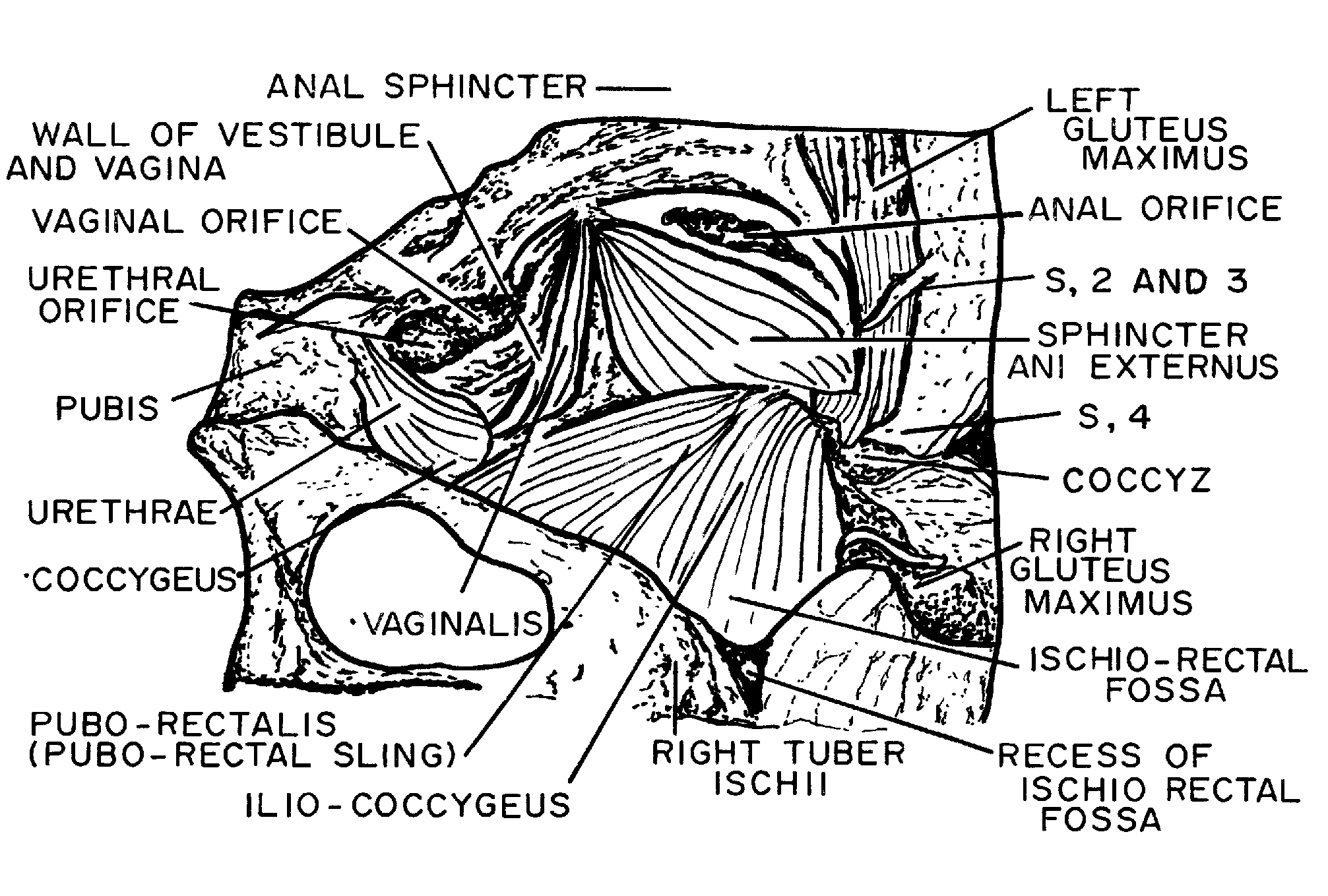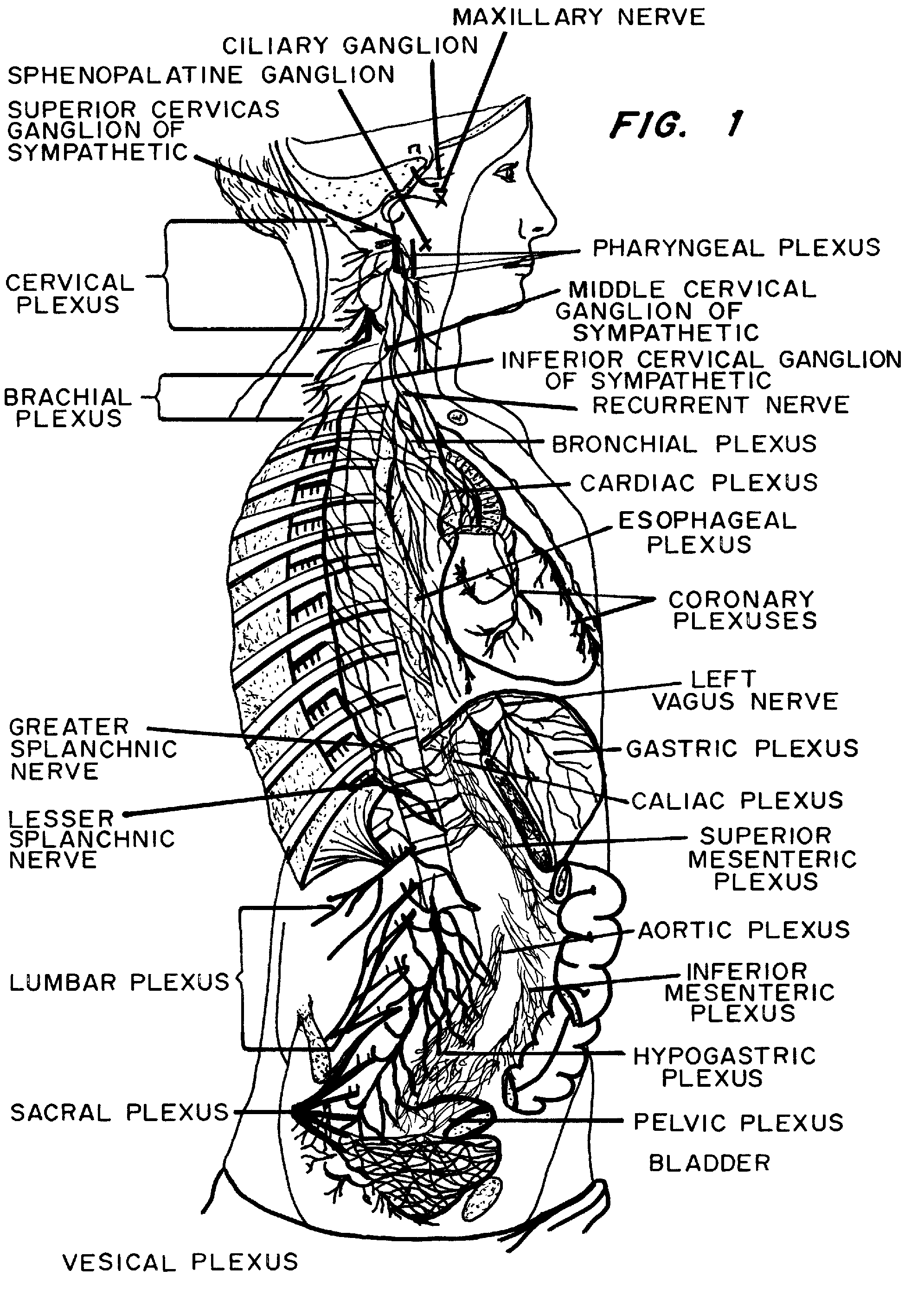Methods for treating urinary and fecal incontinence
a technology for fecal incontinence and urinary incontinence, which is applied in the field of methods for treating urinary and fecal incontinence, can solve the problems of urinary incontinence, incontinence also has a significant adverse impact on sexual functions, and increases the risk of bone fracture by 45%, so as to improve symptoms
- Summary
- Abstract
- Description
- Claims
- Application Information
AI Technical Summary
Benefits of technology
Problems solved by technology
Method used
Image
Examples
example 1
Treatment of Urge Urinary Incontinence
[0064]A physician initially saw all the patients for a complete history and physical examination along with a routine urinalysis. A 36-question database was utilized, with the physician asking the questions face to face with the patient. All patients were asked the question, “Did the urge incontinence significantly interfere with your life”. The patient utilized bladder diaries at the beginning, middle, and end of the treatment. If the patient had previous surgery for incontinence, significant pelvic organ prolapse, significant insensible loss, a neurological injury, or any ambiguities in diagnosis of their incontinence, then urodynamic testing was administered. Patients with non-compliant bladders, neurogenic bladders, and significant intrinsic sphincter deficiency (ISD) were excluded from the clinical trial.
[0065]Treatment
[0066]Constipation was felt to be a significant contributing factor to the problem of urge incontinence. The constipation w...
example 2
Treatment of Patients for Urinary Incontinence
[0078]208 consecutive female patients with stress incontinence were treated sequentially with the two neuromodulation techniques (PFR and PTNS). Their ages ranged from 38-91 with the median age being 66. The median duration of incontinence was five years; mean number of stress incontinent episodes was 2.5 per day. The stress incontinence was treated with pelvic floor rehabilitation (PFR): eight twice weekly treatments of biofeedback, pelvic floor exercises, and 100 Hz electrical stimulation or neuromodulation of the pudental nerve, followed on the same day with 8 PTNS sessions (twice weekly).
[0079]Materials and Methods
[0080]A physician completed a history and physical examination on all patients, and a routine urinalysis was done. The physician also administered a questionnaire to the patient, collecting data on 41 relevant points. One question was whether urinary incontinence symptoms significantly interfered with the patient's life. Th...
PUM
 Login to View More
Login to View More Abstract
Description
Claims
Application Information
 Login to View More
Login to View More - R&D
- Intellectual Property
- Life Sciences
- Materials
- Tech Scout
- Unparalleled Data Quality
- Higher Quality Content
- 60% Fewer Hallucinations
Browse by: Latest US Patents, China's latest patents, Technical Efficacy Thesaurus, Application Domain, Technology Topic, Popular Technical Reports.
© 2025 PatSnap. All rights reserved.Legal|Privacy policy|Modern Slavery Act Transparency Statement|Sitemap|About US| Contact US: help@patsnap.com



